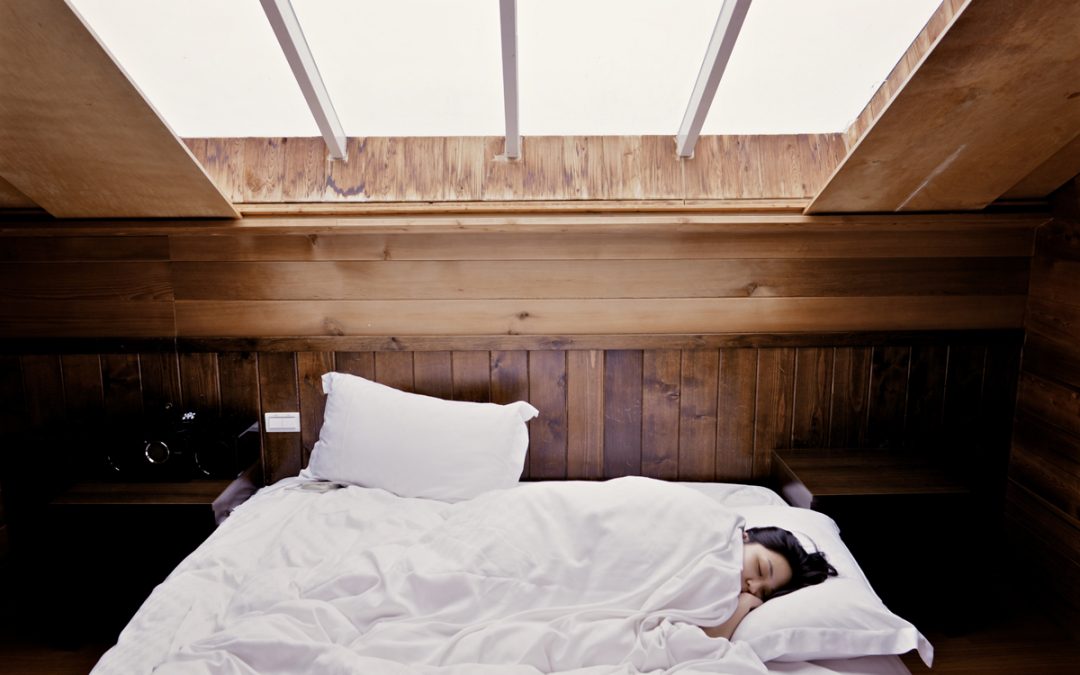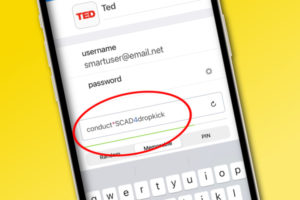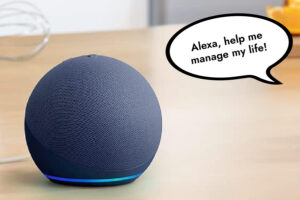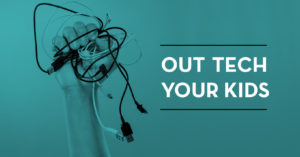Just this week, the American Academy of Sleep Medicine (AASM) released new recommendations for middle and high school students, stating they should not start school until 8:30am, which for my middle schooler would be a full hour and a half later than she needs to be at school. Additionally, they suggest kids 13-18 should be getting at least eight to ten hours of sleep per night, because, as they noted, it can greatly improve everything from school performance to reaction time (which is important if you’ve got kids who drive).
Until schools are able to make adjustments to their start times, there are a few things parents can do to foster better sleep habits. Here, 5 ways to use tech to help your tweens and teens get better sleep. And hey, they work for adults too.
Related: 7 tips and helpful tech to get better sleep
No gadgets 30-45 minutes before bed
We get it. That’s no easy feat (coming from someone who likes to relax in bed while catching up on Twitter). But, looking at screens can actually stimulate the brain, thus making it harder to fall asleep, and in many cases, stay asleep. Instituting a general rule in your home that screens must be off at least a half an hour before bed could be a huge gamechanger. Yes, we know this can be challenging with tweens and teens, but it can work. Make a designated spot in your own room where people drop their gadgets at night (and pick them up in the morning). And then get a good door lock. Ha.

And if you can’t, use Night Shift
A workaround for kids who are up late doing homework is to use the Night Shift feature, available on iOS and Mac computers. This actually dims your screen for you, either manually, or what we suggest, automatically, to help make it easier for your tween or teen to crash when they need to.
Related: 3 remarkable smart bulbs to help you save money
Try a smart bulb
We’ve tried lots of different types of smart bulbs, and they’re a great option for tweens and teens who need to get some sleep. Some, like the Lumen or Belkin, are controlled via an app on their smart phone, or yes, even yours. So, you can slowly dim the lights, even turn it different colors to help make the room more conducive to sleep (blue light is so soothing). And you can set it so they slowly turn on in the morning, which is a much better way for people to wake up, especially those who might not be so keen to get out of bed.
But, there are also bulbs like the Drift Light from Saffron, which we recently tried ourselves, that you can work very simply with your light switches to dim automatically after 37 minutes.
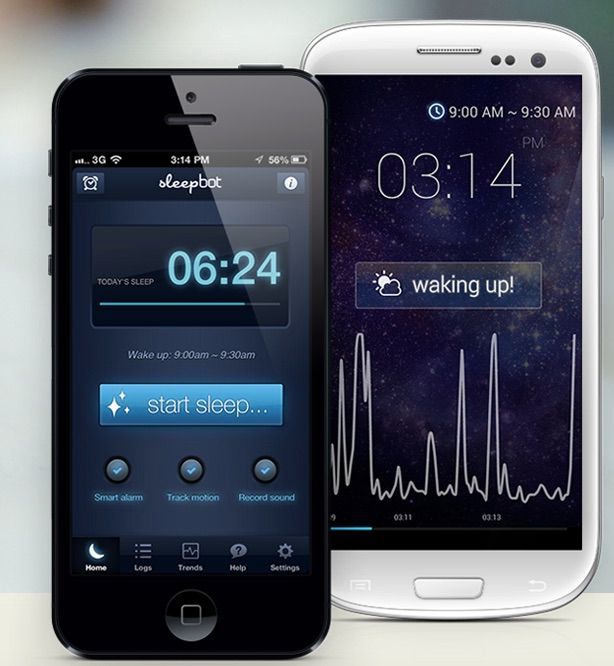
Use a sleep tracker
Here’s a smart way to empower your kids about getting better sleep and starting good sleep habits early in their life: get them a fitness tracker that also tracks sleep habits. Now, if they’ve got an iPhone, they can use the Bedtime feature to do that for them, as well as apps, like SleepBot, (above) for example. You can also invest in something like a FitBit which can not only track their activity during the day, but they can get a good sense of their sleep at night — when they’re falling asleep, and how often they’re waking up. They’re certainly at an age where they can understand that sleep is as important as nutrition and exercise.
Related: How to use Night Shift on your iPhone
Turn up the white noise
After chatting with sleep expert Dr. Harvey Karp, we know that white noise is really important for a baby’s sleep, but also for big kids and adults too. There are plenty of white noise machines on the market today, like the Marpac which is the official machine of the National Sleep Foundation. But, there are also free white noise apps that work, or our trick, grabbing a few white noise tracks on Spotify and putting them on loop.
Top Image via Nomao Saeki on Unsplash

